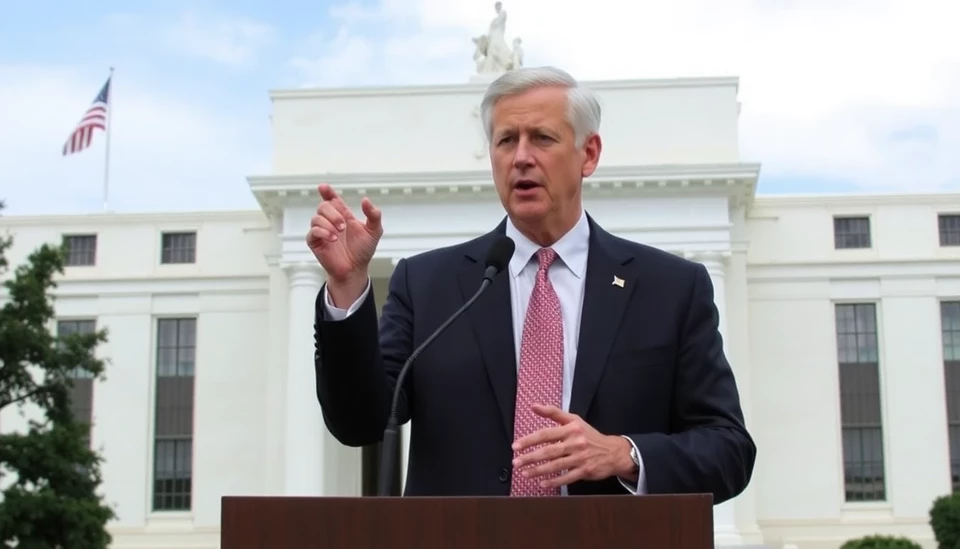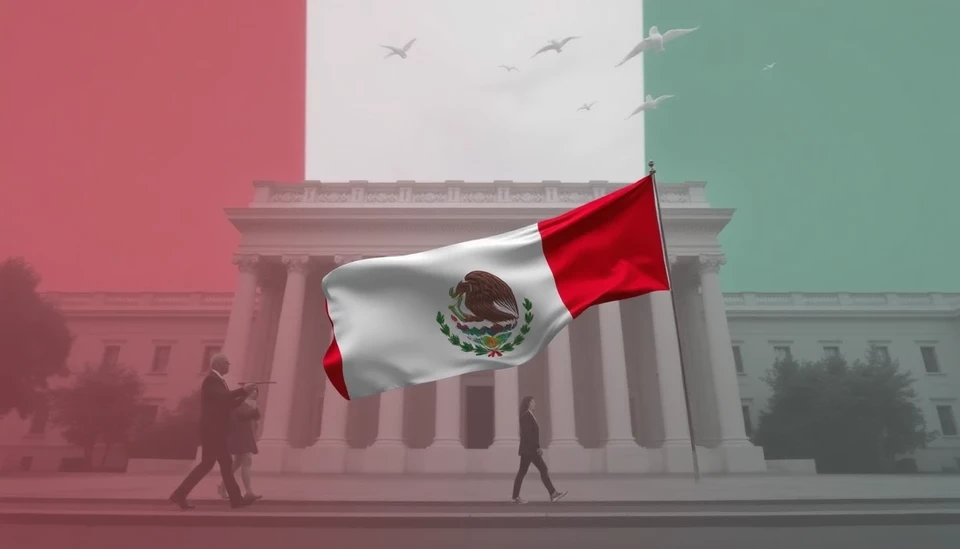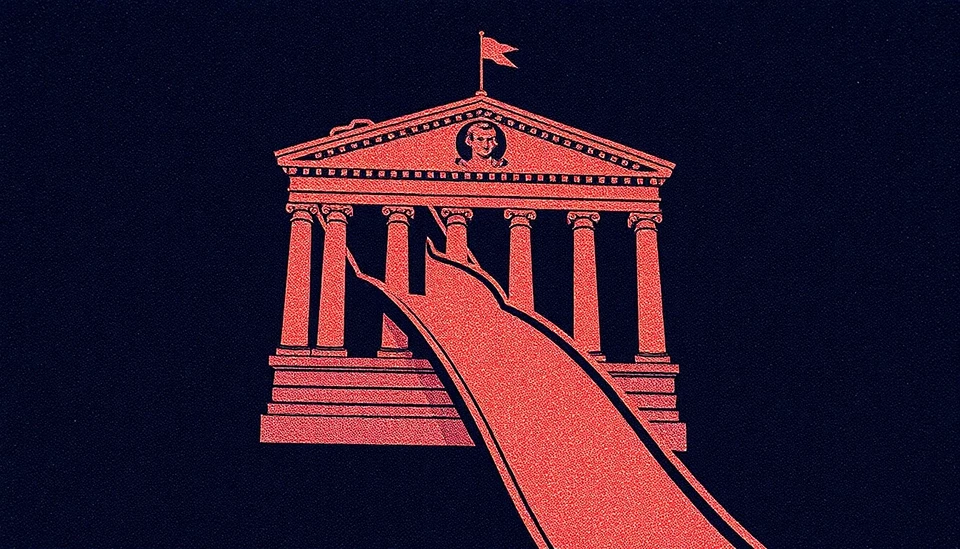
The Federal Reserve's preferred inflation measure showed only modest increases for the month of August, perhaps a sign of relief for U.S. consumers and policymakers working hard to get the rate of inflation under control. When taken together with only moderate increases in spending by consumers, the figures may suggest that the economic pressures are abating more than initially anticipated.
Newly released data shows that the PCE price index, minus food and energy, rose only 0.1% in August. That's one of the most important overall gauges of the Federal Reserve for setting monetary policy. That modest gain compares with far larger increases earlier in the year, making this an important development in the ongoing fight against inflation.
The annual growth in the core PCE, excluding those more volatile items of expenditure, slowed to 3.9%, the lowest since June 2021. This is about the pace that Fed officials thought would occur and that they factored into their forecasts, further emboldening a view now that inflation is finally beginning to ease on a sustained basis. Meanwhile, consumer spending, one of the strong points of economic resilience, evidenced only a marginal rise of 0.4% for the same month, hinting at a possible tempering of previously robust spending activity.
This becomes significantly integral data points, as this comes ahead of the next policy meeting by the Federal Reserve, at which interest rates will be determined. Up until now, persistent high inflation levels had forced the Fed to keep its hawkish stance, characterized by a spate of rate increases. The current numbers hint that there may be some room for more dovish discussions and delay further rate hikes.
Now, the inflation numbers sound encouraging, but it is just not clear how regular this trend is going to be. Other indicators of the economy still show a mixed situation. For example, last month, the pricing pressure was more intense in non-durable goods and services. The contrast in performance brings out the multi-dimensional details of the current economic situation.
Stocks climbed on the news, as major indexes inched higher on the prospect of softer inflation translating into a more favorable interest rate environment. Investors are still focused on any signs the Federal Reserve may continue to send out, as its policy decisions have wreaked havoc on market conditions. That cautious optimism was echoed by economic analysts and financial experts alike, as each stressed more data is needed to confirm this downtrend in inflation will indeed last.
And the public is yet not off its guard amidst tentative economic optimism. In most households, the reverberations of high inflation have gone deep into gnawing at purchasing power and savings. A lower inflation rate indicates a positive trend; however, for those worst affected, total recuperation will take quite some time. This then results in this dual task on the policymakers' plate: to guide the economy toward stability and to make growth and recovery equitably distributed.
With the Federal Reserve set to meet and set policy in the coming weeks, all eyes are likely to be on the September data releases for confirmation that the trends of August are indeed part of a broader economic pivot. If these portents prove valid, the path to economic normalization could be closer than many people think.
In a world fraught with economic uncertainty and cautious optimism, the next several months are shaping up as pivotal ones-for American consumers, businesses, and policymakers alike.
#Inflation #ConsumerSpending #FederalReserve #EconomicPolicy #InterestRates #PCEIndex #MonetaryPolicy #FinancialMarkets #EconomicData #USEconomy
Author: Laura Mitchell




